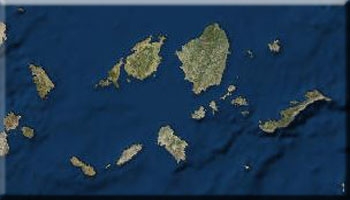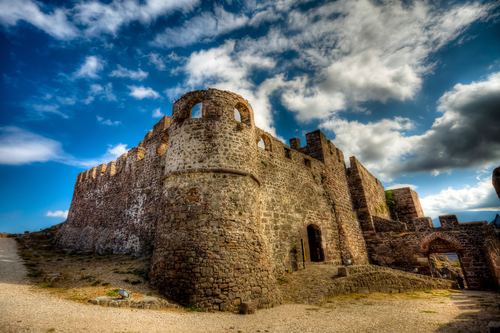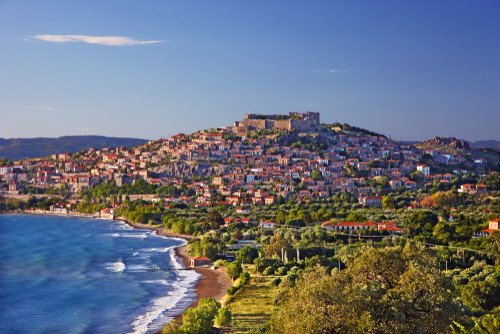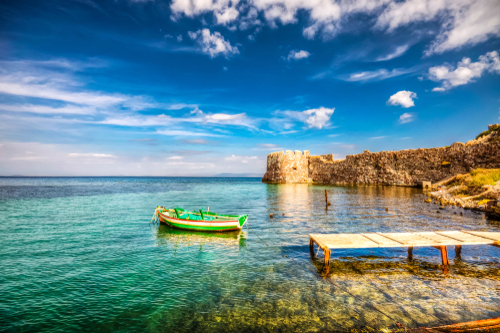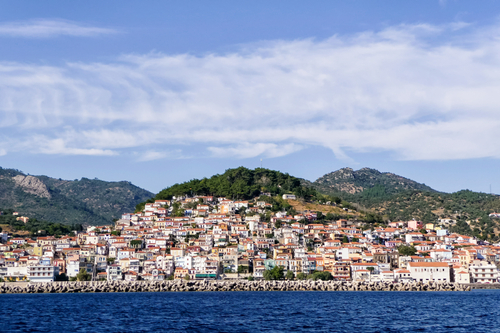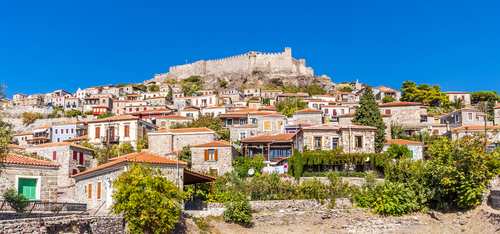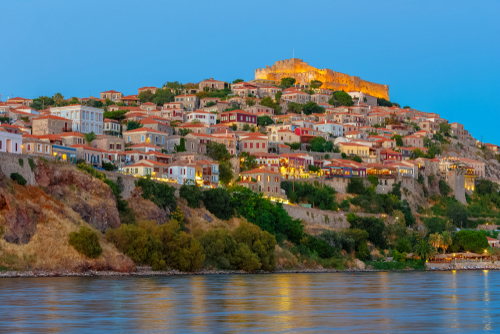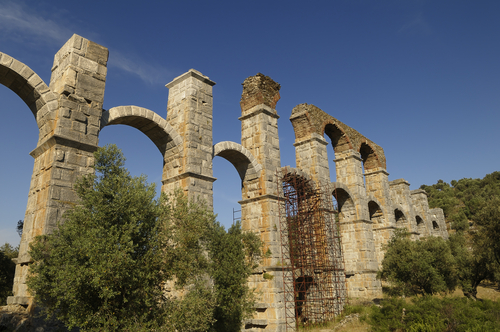LIMNOS - MONUMENTS & PLACES OF HISTORICAL INTEREST
On Limnos one has the opportunity to admire what is left of the most ancient city in Europe.
Poliochni was built at the dawn of the Neolithic Age for the Aegean, i.e., the 4th or 5th millennium BC. It is exactly across the sea from Troy, which, however, was to be built a thousand years later, by which time Poliochni had developed into an urban settlement with 1,500 residents, rectangular stone dwellings, a defensive wall, squares, drainage, wells, streets, public buildings and, possibly, a Parliament. The Parliament of Poliochni, apart from preceding respective ones of the classical era by almost 2000 years, also represents the most ancient such evidence in Europe and the world. The city went through many phases of architectural and cultural development between 5000 BC and 1600 BC and was destroyed due to geological causes.
Near Kontopouli there is the archaeological site of Hephaestia. This was the location of the renowned sanctum to the Great Goddess of Limnos. The city dates back to the Copper Age and it is considered the second most important city on Limnos, after Myrina. This was the location of the sanctum to the Great Goddess, necropolises, baths, a palace and a Hellenistic Roman theatre. At the recently renovated theatre of Hephaestia ancient tragedies are performed.
In Moudros, near the village of Panagia, lies the sanctum of the Cabeiroi. In ancient times this is where the faithful were initiated into the Cabeirian Rites, an annual celebration in honour of the Cabeiroi which was related to the rebirth of nature and the fertility of the land. The flora surrounding the temple inspires awe to this day.
The village of Kaminia is well known for the famous Kaminia stele, which is a slab of limestone that was discovered in the previous century, built into a wall in the Chapel of St. Alexander. It depicts a warrior with a spear. On it, two inscriptions have been carved, using the Greek alphabet, which, however, express a language that remains unknown to this day.
The prehistoric settlement of the city of Myrina expands over a wide area, along the western shore of the island, and chronologically it comes after Poliochni; however, according to excavation data, it seems that it reached its peak during the so called Red (2500 to 2300 BC) and Yellow (2300 to 2000 BC) periods, while the remains salvaged from the previous and later periods are very few. These are the most ancient samples of human presence, dating to the end of the 4th pre-Christian millennium, the so called final Neolithic Period.
Near the Kotsinos settlement in the Agiochoma (Holy Ground) location, remains are preserved of where Limnian Earth used to be ritualistically excavated. Limnian Earth, known for its therapeutic properties since the time of Theofrastus and Galenus and until the 19th century, was a semiliquid reddish type of clay.



